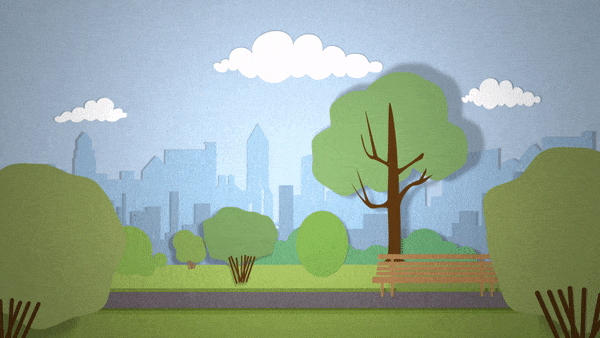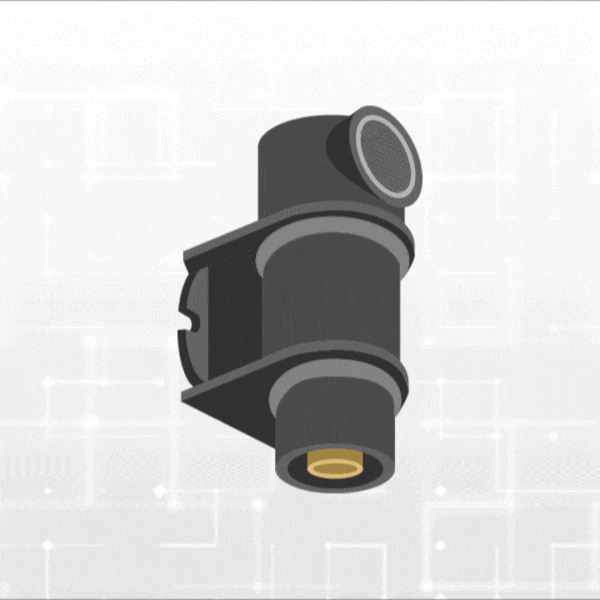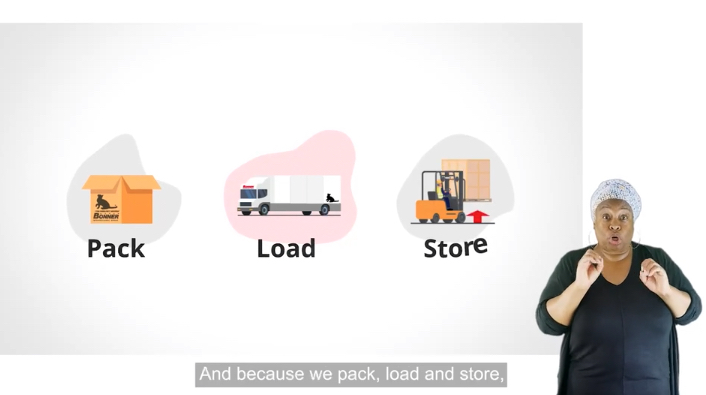Compared to 3D, 2D animation is quicker and therefore the most cost effect form of animated video
2D animation stands for two dimensions, and is built up of flat illustrations and graphics – like on a sheet of flat paper. When imported from Photoshop or Illustrator to After Effects, these layers can be animated. We find that most client’s needs are usually met with 2D animation, with its versatility through motion graphics to character animation and more. You can find out more about our standard animation process in our Animation Explainer.
For examples of our most recent 2D animations, check out our 2021 Showreel
2D animation can also be made to look and feel 3D, while taking half the time. For example, when working with IPEC who make electronics testing monitors, we created a number of bespoke assets for their specialist equipment and using illustrative techniques such as shading and highlights we are easily able to create the illusion of an object being three dimensional. We can even animate these 2D objects in a 3D space by using After Effect’s virtual cameras, we can move object closer or further away from the camera to create the illusion of depth, just like in a children’s pop-up book.


However, as you can see illustrated by the GIF below, you are not able to turn these in a 3D space to see different sides of the product. The asset is 2D, like a drawing on a piece of paper, but we can move it and rotate the flat image on X, Y and Z axis in a 3D environment.

Product videos or companies with an engineering focus would particularly benefit from the integration of 3D animation into their projects. You may already know that we also specialise in live action filming and have filmed many products, machines and even robots on location. But what if your location isn’t suitable for filming in? Or your product too big or awkward for a close up? Or doesn’t yet exist! That’s where 3D animation comes in. Integrated into an otherwise 2D animation, saving on cost, you can use 3D to recreate real items accurately or in a simplified, easy to understand version, that we can create close ups of, break apart to show the construction, even move the camera inside and animate the workings of a machine- now I challenge you to do that in real life!
A good example of incorporating a small 3D element into an otherwise Live Action or 2D animated video is our project with Fog Fellow Designs demonstrating how to use their commercial waste removal product to customers.
Incorporating short 3D elements of the machine in use, quickly and clearly shows the customer how it works internally – without having to splash messy and rather unsightly food waste around – whilst live action footage and accompanying motion tracked graphic labels place that within the physical components that the customer needs to know how to operate. The live action and 2D elements, which are much faster to produce and therefore more cost effective take up the majority of the video, where as short, concise 3D elements add vastly to the target audience’s understanding. A great way to incorporate 3D on a budget.
And the best thing is, although 3D animation is a greater investment than 2D due to the extended time it takes to build and animate 3D assets (a square requires 6 more faces to become a cube – and that’s just for starters) when you’ve developed your 3D assets with us you can use them and reuse them in more videos without needing to cost in the build time! Perfect for when you need to come back for an updated video.
So why not secure success in a pitch video on a crowdfunding platform, or dazzle new clientele with a clean and simple demonstration of your new machine. Integrating 3D with your 2D animated video is your way to go.

